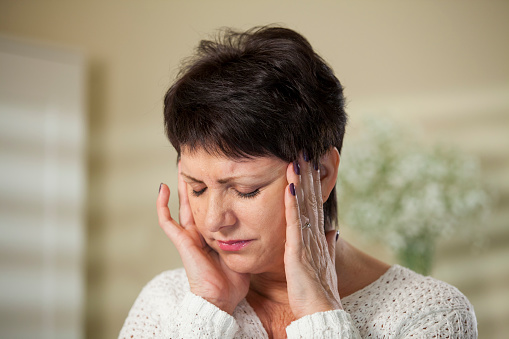 What Are Ice Pick Headache
What Are Ice Pick Headache
An ice pick headache (Ophthalmodynia periodica) is an intense, stabbing pain that occurs around the temples and eye area. It might feel like you are getting stabbed with an ice pick, hence the name.
These headaches are typically very brief and can generally last anywhere from two to 30 seconds. Ice pick headaches come and go; they can occur once every few days, or even a dozen times a day.
What Causes Ice Pick Headaches?
In most cases, there is no direct cause for ice pick headaches, but studies show that 25% of people who experience ice pick headaches have a history of migraines.
For other people, an ice pick headache is thought to be the result of inflammation or the entrapment of a sensory nerve in the scalp.
A handful of studies have associated serious diseases with ice pick headaches. One case dealt with a benign brain tumor called meningioma; once the tumor was removed, the ice pick pains stopped.
Are Ice Pick Headaches Common?
Some studies estimate that about one percent of the American population experience ice pick headaches, but since they are short-lived, they may be under-reported to medical practitioners. There is no age limitation for this type of headache—everyone from teenagers to the elderly has reported experiencing ice pick headache symptoms.
Ice Pick Headaches Treatments
Some people believe that taking over-the-counter painkillers could help, but because of how abrupt and unexpected ice pick headaches are, taking a dose of these drugs may not be beneficial. Here are a few alternative treatments that may be more effective:
- Indocin: Indocin (a.k.a. Indomethacin) is an anti-inflammatory drug that can be obtained with a prescription. About 25 milligrams (mg) to 150 mg daily may be prescribed to treat ice pick headaches. Known side effects include strokes, heart attacks, impaired vision, and bleeding of the stomach.
- Melatonin: This hormone is used to regulate sleep. People suffering from insomnia use it often; it can also be used as a treatment for ice pick headaches. Side effects include dizziness and fatigue.
- Take it easy: Research shows that a regular sleep schedule, light exercise, healthy eating habits, and stress-relieving activities can help reduce headaches. Stress and an unhealthy lifestyle can cause severe headaches, so if you have to, make some beneficial lifestyle changes. Furthermore, record the times you experience ice pick headaches; write down what you were doing when you experienced the headache, whether or not you were stressed, how long it lasted, and any unusual symptoms. These notes may help your doctor diagnose the root cause of the headache.
Consult your doctor if you are experiencing excruciating headaches and would like a brain scan. Keep in mind that if you have healthy vision and reflexes, a scan may not be necessary.
Read Next:
- Home Remedies for Headaches after Eating
- Top Natural Cures for Headaches and Migraines
- Easy Tips to Relieve Your Stress Headache
Sources for Today’s Article:
Paris, C., “Ice Pick Headaches: Symptoms, Causes, and Treatment,” Udemy Blog, February 20, 2014; https://blog.udemy.com/ice-pick-headaches/.
